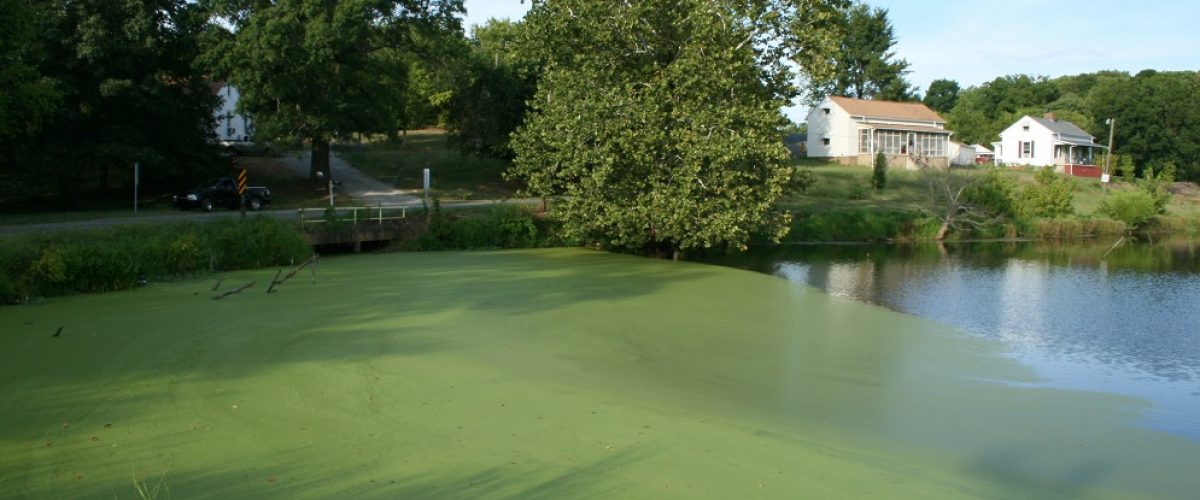Pond Algae
Pond algae come in many different shapes and sizes. It can range from tiny suspended particles which cause a ‘pea soup’ look to long stringy varieties. If left to get out of hand this can have an extremely negative effect on the pond and any inhabitants.

Why have I got algae in my pond?
The factors which cause algae are wide ranging and more often that not it is more than one of these factors causing the problem. The main factors which can promote the growth of excessive algae are:
- The pond gets too much sunlight during the day.
- Excessive nutrient levels in the water caused by a build up of organic matter (fallen leaves, dying aquatic plants etc)
- Fertilisers being inadvertently added to the pond (overspray when gardening, rain run off)
- A build up of organic waste such as fish waste.
- Insufficient pond depth. This allows the water to heat up quickly in summertime which can increase the growth rate of algae.
- Poor flow to filtration system.
How can I prevent algae?
Algae is normally be prevented by ensuring that the factors above are not applicable to your pond. If you are yet to build your pond, we would advise that at least part of it receives some shade during the day. Planting surface covering plants such as lilies will help also.
It is also a good idea to remove fallen leaves regularly to avoid a build up of rotting organics in the pond which will feed the algae. This can be done either with a skimmer net or with a purpose designed pond skimmer. A pond cover net will stop the leaves falling into the pond in the first place.
When planning your pond always aim for a depth of at least 2 feet, ideally at least 3 feet to avoid rapid fluctuations in temperature. If keeping Koi the depth should be at least 4 feet.
Always keep your fish stocking levels sensible. Overstocked ponds will rapidly build up high levels of organic waste and algae will then thrive.
Filtration is key to keeping nutrient levels low in ponds. Insufficient filtration will allow the organic waste to build up and provide fuel for algae to grow. Always be sure to maintain your filtration system regularly.
UV clarifiers are excellent at preventing suspended algae from taking hold. As the algae passes the UV lamp it is killed ready to be removed by your mechanical filtration.
Remember, it is a lot easier (and better) to prevent the algae from appearing in the first place. We would advise monitoring nitrate and phosphate levels regularly using a good quality test kit so that action can be taken before major issues occur.
Rubbish, I didn’t read this amazing guide in time and now I have algae – how can I remedy it?
Long, string like varieties of algae are easily removed with an Algae Removal Utility Shaft, or, as it is more commonly known, a stick!!! Simply twirl the algae around the stick (a garden cane works well) and remove from the pond. If you have a compost bin, this is perfect! Once the bulk of the algae has been removed an algae treatment should be used to combat the remaining algae to prevent it growing back.
Algae Removal Utility Shaft, or, as it is more commonly known, a stick!!! Simply twirl the algae around the stick (a garden cane works well) and remove from the pond. If you have a compost bin, this is perfect! Once the bulk of the algae has been removed an algae treatment should be used to combat the remaining algae to prevent it growing back.
There are various algaecides available such as Extract of Barley Straw and Cloverleaf Blanket Answer which are very effective against pond algae.
Once you have removed/treated the algae you should ensure that you follow the advice in the section above to ensure that it doesn’t happen again. As we say, prevention is better than cure.

